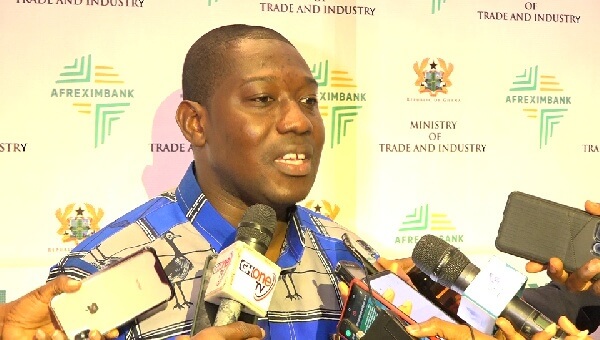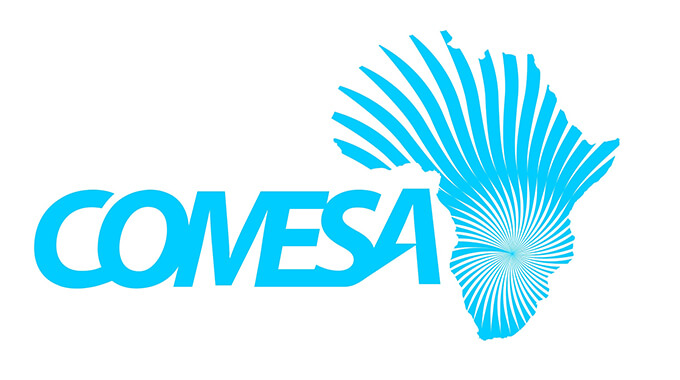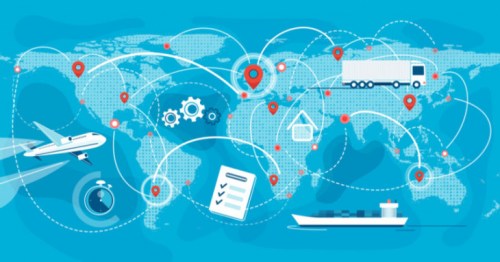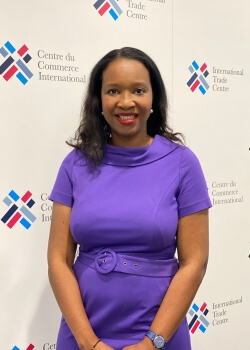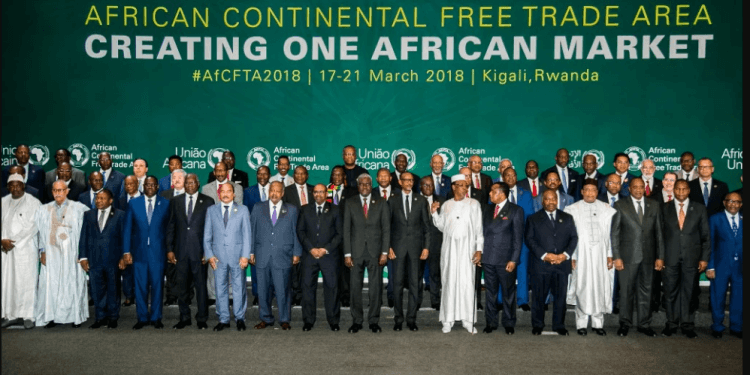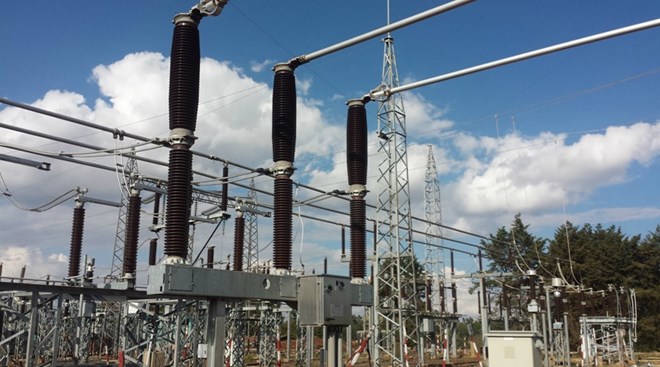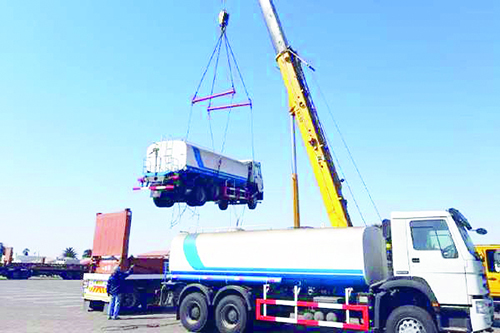The Africa Export and Import Bank (Afreximbank) has selected Ghana as part of a continental initiative to facilitate the creation and expansion of Export Trading Companies (ETCs) to promote intra-Africa trade under the AfCFTA. Export Trading Companies provide support services for firms engaged in exporting such as shipping, warehousing, insurance and market information among others. As a result, an ETC seminar has been held in Accra to sensitize African countries about the unique role of Export Trading Companies (ETCs) in diversifying African exports and promoting industrialization in the continent. The seminar which brought together key private and public sector actors in the continent, also discussed how ETCs are organized, operated, supported and regulated by government agencies. The Deputy Minister for Trade and Industry, Herbert Krapah said the government will play its role in providing the requisite regulation to attract private investments and partnerships in setting up ETCs. He emphasized Ghana’s readiness for vibrant trading under AfCFTA. The Deputy Minister for Trade said government is very enthused to take full advantage of the Guided Trade Initiative which is part of the AfCFTA Secretariat’s efforts to initiate commercially meaningful trade under the AfCFTA. As part of the initiative, it selected seven countries to provisionally start trading goods under the AfCFTA on a pilot basis. The countries include Rwanda, Cameroon, Egypt, Ghana, Kenya, Mauritius, and Tanzania. The AfCFTA chose these countries because their tariff offers on goods have been fully approved and officially published. Herbert Krapah revealed that, “we were in Takoradi last...
Industry sensitised on role of ETCs in meeting Africa’s trade objectives
Posted on: September 7, 2022
Posted on: September 7, 2022

